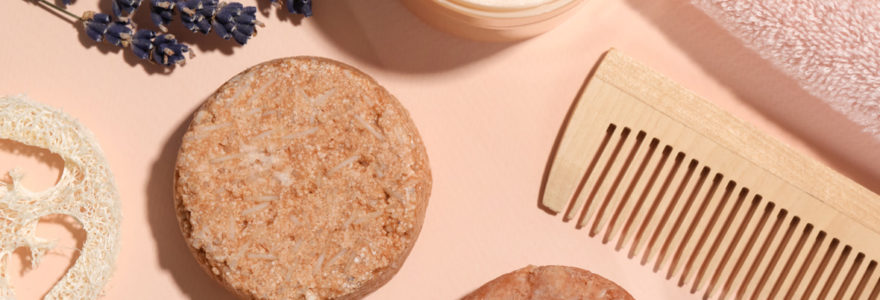The safety of cosmetic products is not just a personal concern but a public health issue. As cosmetics become increasingly integrated into daily routines, their safety takes on heightened importance. Beyond vanity or personal care, many cosmetics also have therapeutic claims, necessitating stringent safety standards. This article provides a comprehensive overview of cosmetic safety assessments, spotlighting their historical context, challenges, technological advancements, and the role of consumers and stakeholders in this critical sector.
Cosmetics aren't just superficial enhancements; they often contain active ingredients that interact with biological systems. Adverse reactions, from skin irritations to severe allergic responses, can have significant health implications. The expansive reach of the cosmetics industry, touching lives irrespective of age, gender, or demographic, underscores the need for safety regulations to protect public health.
The Foundations of Cosmetic Safety
Historical Background
Cosmetic safety concerns can be traced back several centuries, but modern safety assessments largely originated in the 20th century. Earlier protocols focused on short-term effects such as skin irritation or allergies. However, as the industry evolved, it became increasingly evident that some ingredients posed risks of chronic health conditions, leading to more robust and comprehensive safety assessments.
Regulatory Framework
Countries around the globe have developed a variety of legal frameworks to govern cosmetic safety. In the U.S., the Food and Drug Administration (FDA) is responsible but does not mandate pre-market approval. In contrast, the European Union has stricter guidelines and regulations enforced by the European Medicines Agency (EMA). Regulatory frameworks provide the scaffolding upon which other safety standards are built.
Industry Standards
Beyond legal regulations, industry associations often establish their own set of safety standards. Good Manufacturing Practices (GMP) and ingredient disclosure protocols are commonly adopted practices. These self-imposed standards serve to build consumer trust and often exceed regulatory requirements.
Types of Cosmetic Safety Assessments
Skin Irritation Tests
Skin irritation tests are often the first line of assessment for a new cosmetic product. These tests determine how the skin reacts to the product and whether it causes symptoms like redness, swelling, or itching.
Allergen Testing
Allergen tests aim to identify substances in cosmetic products that may cause allergic reactions. These tests often involve applying the product to a small skin area and monitoring for symptoms like redness, itching, or more severe allergic reactions.
Long-Term Exposure Assessments
Long-term exposure assessments evaluate the risks associated with sustained use of a cosmetic product. These assessments examine potential for accumulation of toxic substances in biological systems and the risks of chronic conditions like cancer or reproductive toxicity.
Challenges in Cosmetic Safety Assessments
Animal Testing Controversies
Animal testing, traditionally a cornerstone in cosmetic safety assessments, has come under scrutiny for ethical reasons. As a result, there is a push towards alternative testing methods, but these alternatives also come with their own sets of challenges, primarily concerning their reliability and universal acceptance.
Lack of Long-term Data
While short-term testing can identify immediate risks, long-term effects are harder to quantify. The lack of extensive long-term data complicates the evaluation of a product’s safety over prolonged periods of usage.
International Variation in Standards
Divergent safety standards across countries create challenges in global marketplaces. An ingredient considered safe in one country might be restricted in another, making international compliance complicated.
Technological Advances
In-Vitro Testing Methods
Technological advancements have enabled in-vitro testing methods that reduce or eliminate the need for animal testing. These lab-based tests use human cells and tissues to evaluate a product’s safety.
Computer-Based Predictive Models
Computational models offer another route for safety assessments, simulating biological interactions at the molecular level. While not yet universally accepted, these models hold promise for future assessments.
Nanotechnology and Safety Assessments
Nanotechnology introduces new variables into safety assessments. The small size and high reactivity of nanoparticles require specialized evaluation methods to ensure they are safe for human use.
Consumer's Role in Cosmetic Safety
Label Reading and Understanding
Consumers must take an active role by understanding labels, recognizing potentially harmful ingredients, and being aware of any recalls or safety alerts.
Consumer Reporting
Reporting adverse reactions can provide valuable data for safety assessments and help in monitoring the real-world impact of cosmetic products.
Making Informed Choices
Consumers have the power to influence the market by choosing products that adhere to safety guidelines and ethical practices, thus encouraging companies to prioritize safety.
Future Outlook
Towards Harmonized Global Standards
A long-term goal is the harmonization of safety standards across international markets to simplify compliance and better protect consumers worldwide.
The Role of Sustainability
The push towards sustainability is influencing safety assessments, as environmentally friendly ingredients tend to be more scrutinized for safety.
Emerging Trends and their Safety Implications
The cosmetics industry continues to evolve with new ingredients and delivery methods. Safety assessments will need to adapt to these trends, ensuring ongoing protection for consumers.
